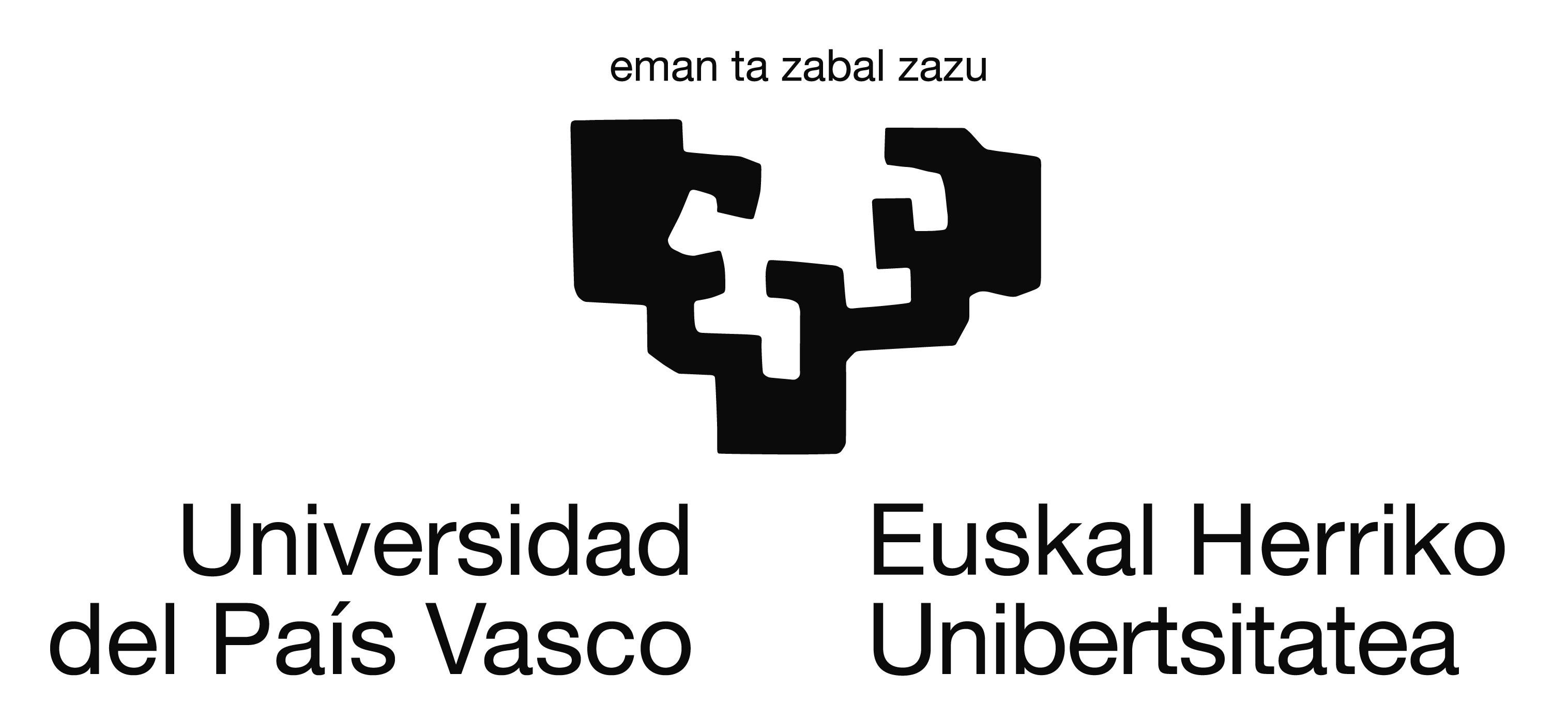NAME Prozesu anitzeko 5 ardatzeko fresaketa-zelula, lanak oso abiadura handian egiteko gaitasuna duena

Bi instalazio ditu. 5 ardatzeko ataza-anitzeko fresaketa makina bat, Ibarmia THR 16 multiprocess, bost ardatzetan fresatzeko eta torneatzeko aukera ematen duena. Makina honek buru angeluar konplexu bat dauka eta robot baten bitartez birkonfiguratu daitekeen biltegi batetik kargatu daitekezke makina-buru eta erreminta ezberdinak. Monitorizazio-sistema aurreratuak ditu, hala nola plateraren orekatze estatikoa eta dinamikoa, baita datuak hartzea, transferitzea eta aztertzea ere, CFAAko IoT sistemaren bidez. Bere konfigurazioa dela eta, makinaren deformazioak aztertzeko aukera ematen du, makinaren gune kritikoetan jarritako elementu finkoak erabiliz. Gainera, zelulak Hermle C52U MT dinamika oso altuko mekanizazio-zentroa ere badauka. Neurri handiko piezetan 5 ardatzetako (3 ardatz lineal eta 2 birakari) fresaketa lan konplexuak egin ditzake. Torneaketa ere egin dezake 1000 mm-ko diametroa eta 500 RPM bira-abiadura duen mahaiari esker eta ebaketa-abiadura handietarako erreminta aurreratuak erabili daitezke. Makina-buru osagarri bati artezketa prozesua aplikatu daiteke, CBNzko harriak erabiliz 80.000 bira minutuko arteko abiaduraraino iritsi daiteke. Ataza anitzeko zentro honek, bere eragingailuak monitorizatzeko aukera ematen du, bai barne-sistema baten bidez, adibidez, potentzia edo hainbat fluxu, bai eta esfortzu mekanikoak eskala absolutuan monitorizatzeko erreminta etxean jarritako kanpoko sistema baten bidez ere.
FIELDS OF APPLICATION
Machining and Multitasking
MOST OUTSTANDING EQUIPMENT AND COMPONENTS
-
Hermle C52U MT machining center
5 axis swivel rotary table machining center (mil-turn). High speed spindle (12.000 rpm), SAM spindle 80.000 rpm. HSK 100 tool holder. Siemens 840D sl numerical control.
-
Ibarmia THR 16 multiprocess machining center
5-axis multi-process machining centre (milling-lathe). Rotating circular table for turning and tool magazine with 96+24 positions and robot changer. Siemens 840D sl numerical control.
SERVICES OFFERED BY THE ASSET
Advanced monitoring of machining processes
The various possibilities available in the machining centers make it possible, during machining tests, to both internal monitoring of its drives in terms of power, as well as external monitoring of the process itself, obtaining the absolute mechanical magnitude of the efforts that are taking place in the machining process.
Integration of conventional processes with CBN grinding
The capabilities of the multitasking center make it possible to combine in a single machine setup and without the need for further movements of the component, operations of a different nature so far clearly differentiated. In this way, conventional machining operations together with CBN grinding of other functional surfaces can be carried out on the same component simultaneously.
Platform for the development of complex 5-axis machining
Due to the increasing complexity that many components of the aeronautical industry are experiencing, with increasingly specialized geometry, together with the advance in design and simulation techniques, a parallel development of machining techniques is required that allows obtaining such advanced geometries of high responsibility.
ENTITY MANAGING THE ASSET

Contact person:
Luis Norberto Lopez de Lacalle Marcaide
norberto.lzlacalle@ehu.eus